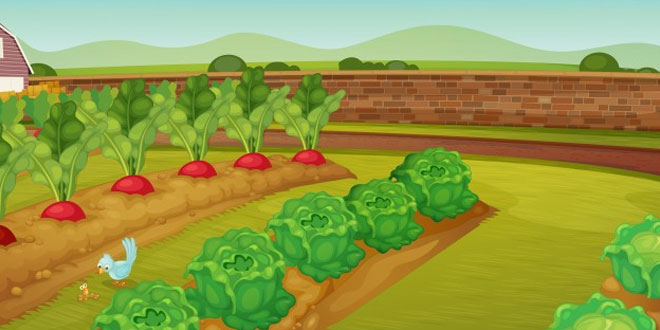Question: Suppose you are England farmer of the 17th century. Which method you have used to increase agricultural production? How is it different from the modern method?
Answer: By growing turnip and clover .These days farmers use fertilisers to increase agricultural production.
Question: Suppose you are Chinese Emperor of the 19*“century. Why would you not allow the illegal opium trade into your country?
Answer:Because there is danger that people may become addict.
Question: Why Were threshing machines opposed by the poor in England? Give two reasons.
Answer:
- Because due to machines rich farmers were enclosing more and more open fields.
- Due to machines the poor were losing their jobs.
Question: Do you think introduction of machines should be always opposed. Give reason.
Answer: No, because machines increase the production and save time.
Question: Explain the social and economic impacts of enclosure system.
Answer:
- The system of enclosures increased the wedge between the rich and the poor.
- All the villagers had access to the commons. Here they pastured their cows and grazed their sheep.
- For the poor, the common land was essential for survival. It supplemented their meagre income, sustained their cattle and helped them tide over bad times when crops failed.
Question: Do you think human beings need to respect the ecological conditions of each region? Explain with the help of Dust Bowl Tragedy.
Answer: There is no doubt that human needs to respect the ecological conditions of each region because if environment is not taken care of, it can lead to a disaster.
- Before the arrival of white settlers most of the landscape of America was under forest cover or Prairies.
- The new arrivals i.e. white settlers started converting these Prairies or forest into cultivable fields.
- When wheat cultivation had expanded dramatically in the early twentieth century, zealous farmers had recklessly uprooted all vegetation, and tractors had turned the soil over, and broken the sod into dust. When the wind blew with ferocious speed the whole region became a dust bowl. The American dream of a land of plenty had turned into a nightmare.
- The settlers had thought that they could conquer the entire landscape, turn all land over to growing crops that could yield profits. After the 1930s, they realized that they had to respect the ecological conditions of each region.
Question: Explain briefly what the open field system meant to rural people in eighteenth- century England.
Answer: Look at the system from the point of view of:
- A Rich Farmer: When the price of wool went up in the world market in the sixteenth century, rich farmers wanted to expand wool production to earn profits. They were eager to improve their sheep breeds and ensure good feed for them. They were keen on controlling large areas of land in compact blocks to allow improved breeding. So they began dividing and enclosing common land and building hedges around their holdings to separate their property from that of others. They drove out villagers who had small cottages on the commons, and they prevented the poor from entering the enclosed fields.
- A Laborer: Deprived of their rights and driven off the land, the laborers tramped in search of work. From the Midlands, they moved to the southern counties of England. This was a region that was most intensively cultivated, and there was a great demand for agricultural laborers. But nowhere could the poor find secure jobs.
- A Peasant Woman: Peasants cultivated on strips of land around the village they lived in. At the beginning of each year, at a public meeting, each villager was allocated a number of strips to cultivate. Usually, these strips were of varying quality and often located in different places, not next to each other. The effort was to ensure that everyone had a mix of good and bad land. Beyond these strips of cultivation lay the common land. All villagers had access to the commons.
 Class Notes NCERT Solutions for CBSE Students
Class Notes NCERT Solutions for CBSE Students



